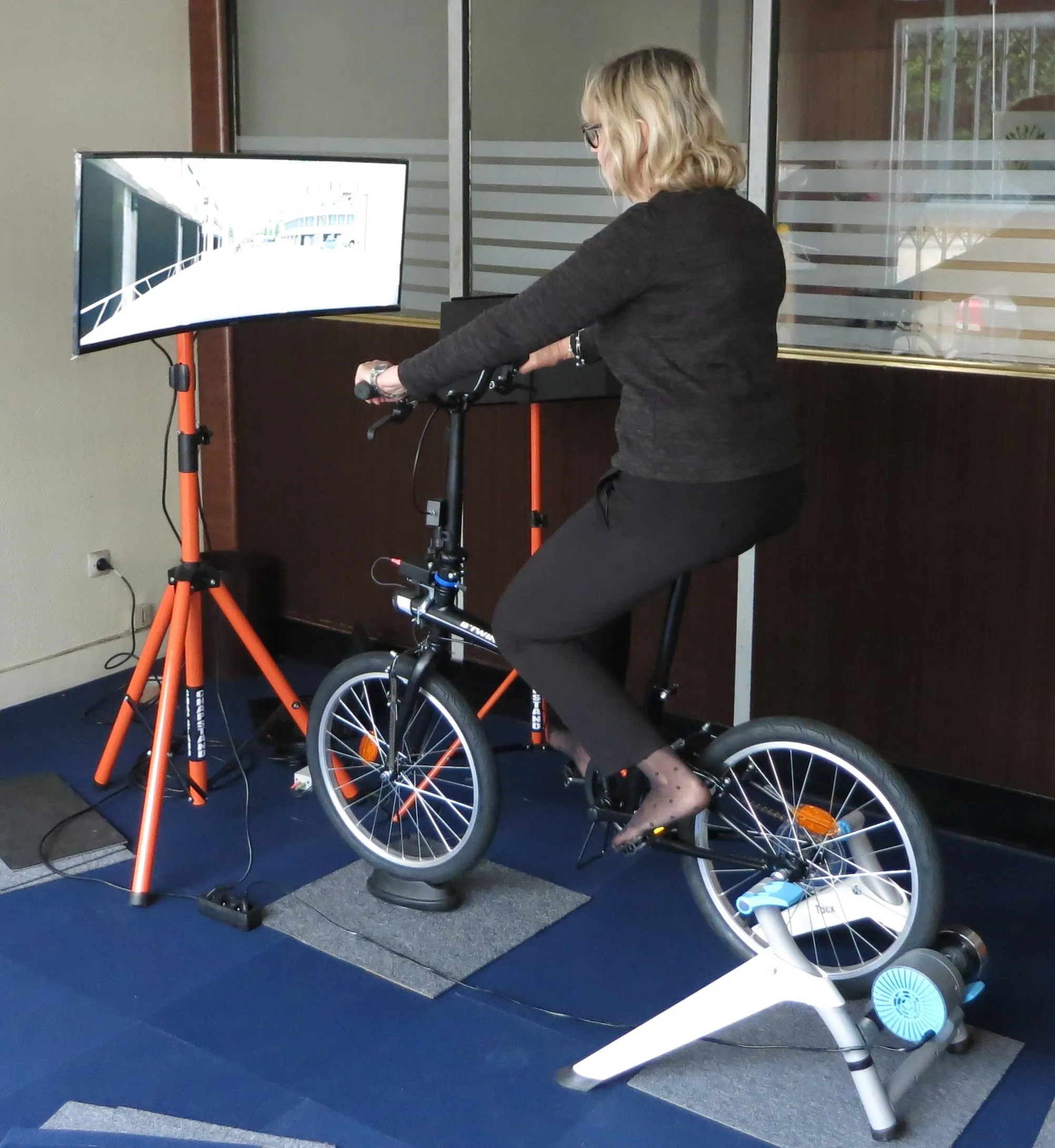A report on the role of speed in vehicle crashes in New South Wales (NSW), Australia, makes a number of recommendations to isolate speed as a causal factor in crash rates by improving data collection and conducting specific research to identify the triggers for speeding, particularly in rural and regional areas.
The report, by the Joint Standing Committee on Road Safety (Staysafe) also looks at the appropriateness of speed limits and approaches adopted in other jurisdictions and the adequacy of existing
November 18, 2014
Read time: 3 mins
A report on the role of speed in vehicle crashes in New South Wales (NSW), Australia, makes a number of recommendations to isolate speed as a causal factor in crash rates by improving data collection and conducting specific research to identify the triggers for speeding, particularly in rural and regional areas.
The report, by the Joint Standing Committee on Road Safety (Staysafe) also looks at the appropriateness of speed limits and approaches adopted in other jurisdictions and the adequacy of existing enforcement strategies, the deterrent value of demerit points and the importance of education and training for drivers, as well as for all other road users.
The report makes 26 recommendations, including the proposal that Transport for NSW considers extending the use of point-to-point cameras to cover all light and heavy vehicles, in order to ensure improved compliance with speed limits on NSW roads.
“The Committee is persuaded by evidence received that point-to-point cameras are highly effective in encouraging adherence to posted speed limits,” the report says.
A 2013 speed camera review showed that speed cameras are continuing to improve road safety in NSW. However, Staysafe claims speeding remains prevalent on Australian roads and looked at alternatives to high visibility policing and the use of speed cameras to reduce speeding behaviour.
These included intelligent speed adaptation (ISA) systems, aerial speed enforcement and good driver reward schemes. It recommends the investigation of compulsory user-pays installation of ISA systems for repeat speeding offenders and promotion of the Fair Go for Safer Drivers initiative, to increase awareness about existing rewards for drivers complying with speed limits and other road rules in the state.
According to the report, a trial of ISA in NSW found that 89 per cent of vehicles reduced speeding when fitted with ISA devices and says: “Furthermore, research conducted by MUARC showed that fitting every vehicle in Australia with intelligent speed adaptation systems would lead to a reduction in road fatalities of eight per cent and serious injury crashes by up to six per cent.”
The report also makes recommendations for more research into road safety, a review of double demerit points, analysis of speed cameras to determine which type is most effective, increasing the number of electronic speed advisory signs and variable message boards, a review of speed zones throughout NSW and public education campaigns to dissuade people from low-level speeding.
Committee chair Greg Aplin says the inquiry found that drivers respond well when double demerit points are introduced over holiday periods in tandem with a police presence.
Presenting the report, he said, "The visible cue is important, so the committee recommends greater use of electronic variable message boards to let drivers know they should adjust their speed, be it due to weather, hidden hazard, road condition or otherwise. Immediate feedback and improved driver education can help us change our ways on speed and bring greater credibility to road speed advisory signage."
The report, by the Joint Standing Committee on Road Safety (Staysafe) also looks at the appropriateness of speed limits and approaches adopted in other jurisdictions and the adequacy of existing enforcement strategies, the deterrent value of demerit points and the importance of education and training for drivers, as well as for all other road users.
The report makes 26 recommendations, including the proposal that Transport for NSW considers extending the use of point-to-point cameras to cover all light and heavy vehicles, in order to ensure improved compliance with speed limits on NSW roads.
“The Committee is persuaded by evidence received that point-to-point cameras are highly effective in encouraging adherence to posted speed limits,” the report says.
A 2013 speed camera review showed that speed cameras are continuing to improve road safety in NSW. However, Staysafe claims speeding remains prevalent on Australian roads and looked at alternatives to high visibility policing and the use of speed cameras to reduce speeding behaviour.
These included intelligent speed adaptation (ISA) systems, aerial speed enforcement and good driver reward schemes. It recommends the investigation of compulsory user-pays installation of ISA systems for repeat speeding offenders and promotion of the Fair Go for Safer Drivers initiative, to increase awareness about existing rewards for drivers complying with speed limits and other road rules in the state.
According to the report, a trial of ISA in NSW found that 89 per cent of vehicles reduced speeding when fitted with ISA devices and says: “Furthermore, research conducted by MUARC showed that fitting every vehicle in Australia with intelligent speed adaptation systems would lead to a reduction in road fatalities of eight per cent and serious injury crashes by up to six per cent.”
The report also makes recommendations for more research into road safety, a review of double demerit points, analysis of speed cameras to determine which type is most effective, increasing the number of electronic speed advisory signs and variable message boards, a review of speed zones throughout NSW and public education campaigns to dissuade people from low-level speeding.
Committee chair Greg Aplin says the inquiry found that drivers respond well when double demerit points are introduced over holiday periods in tandem with a police presence.
Presenting the report, he said, "The visible cue is important, so the committee recommends greater use of electronic variable message boards to let drivers know they should adjust their speed, be it due to weather, hidden hazard, road condition or otherwise. Immediate feedback and improved driver education can help us change our ways on speed and bring greater credibility to road speed advisory signage."









